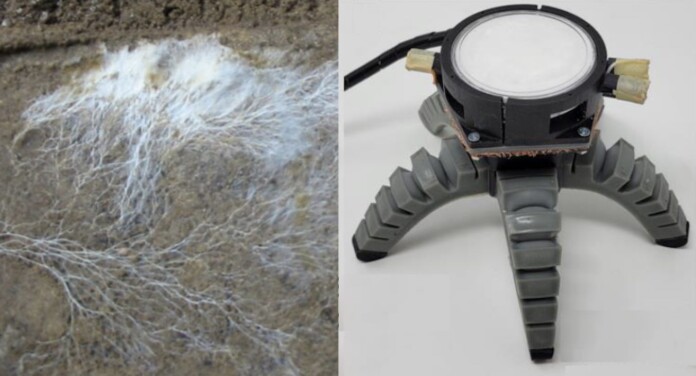Mycelium was grown into the circuitry of two new robots that were built by researchers at Cornell University and the University of Florence. One robot had the shape of a starfish, while the other had wheels.
Then, in response to varying light levels, the fungus generated electrical impulses that caused the robots to move.
Fungal networks are perfect for directing robots in unexpected locations since they are living things that can survive in a variety of conditions.
Lead author Anand Mishra of Cornell’s Organic Robotics Lab stated, “Living systems respond to touch, they respond to light, they respond to heat, and they respond to even some unknowns, like signals.”
This illustrated how the fungus might respond to its surroundings.
The study’s principal author, Rob Shepherd, stated, “In this instance, we used light as the input, but in the future, it will be chemical.”
Future robots might be able to detect the chemistry of the soil in row crops and determine when to apply more fertilizer, for example, potentially reducing the negative downstream impacts of agriculture such as toxic algal blooms.







